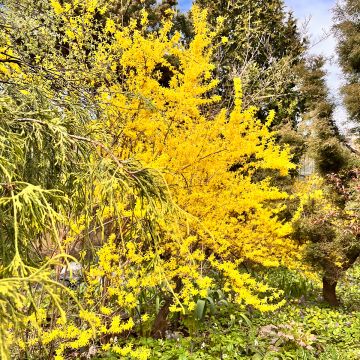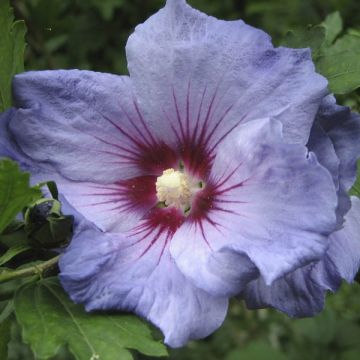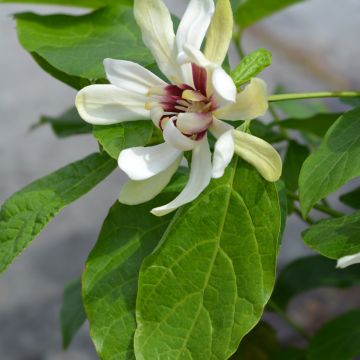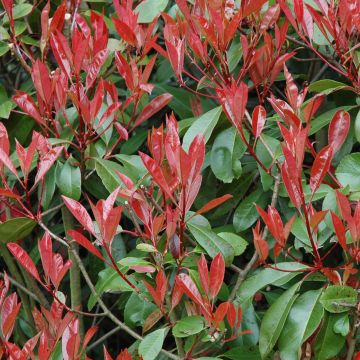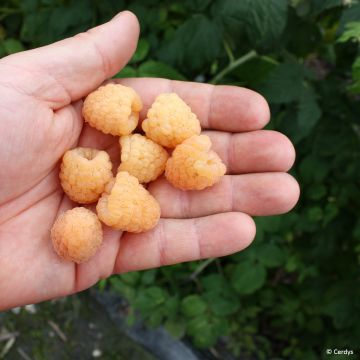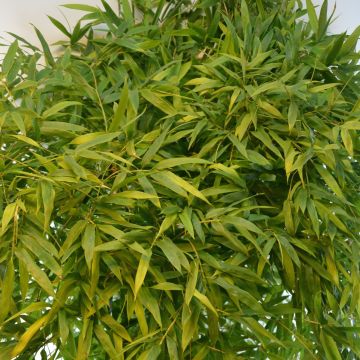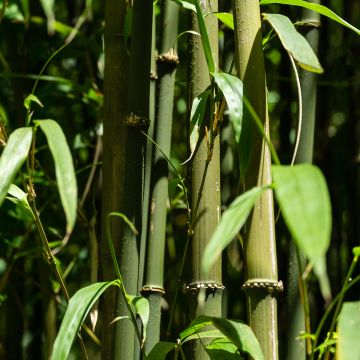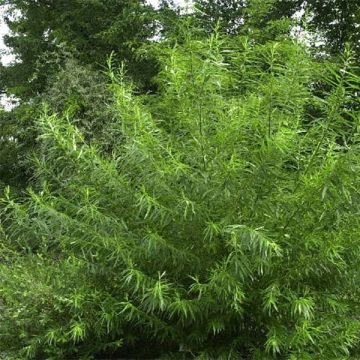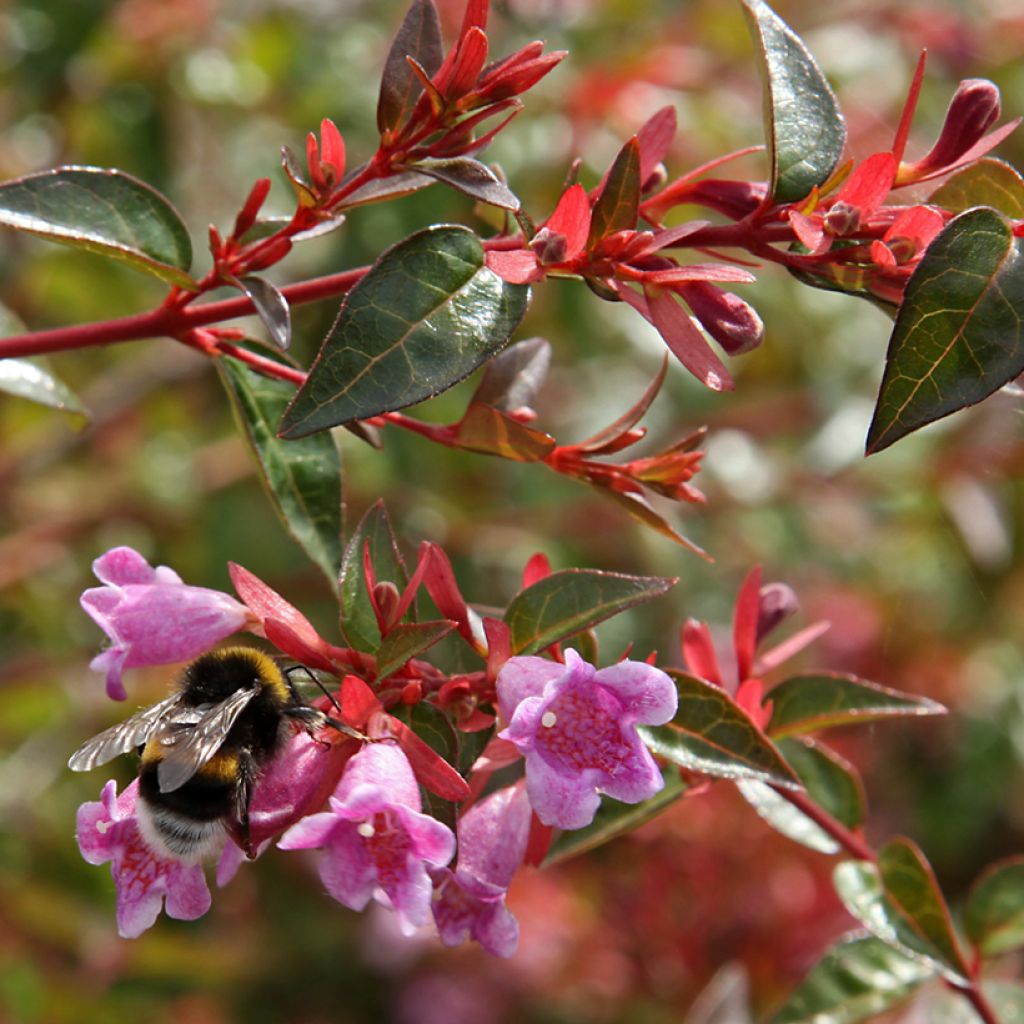

Abelia Edward Goucher


Abelia Edward Goucher


Abelia Edward Goucher
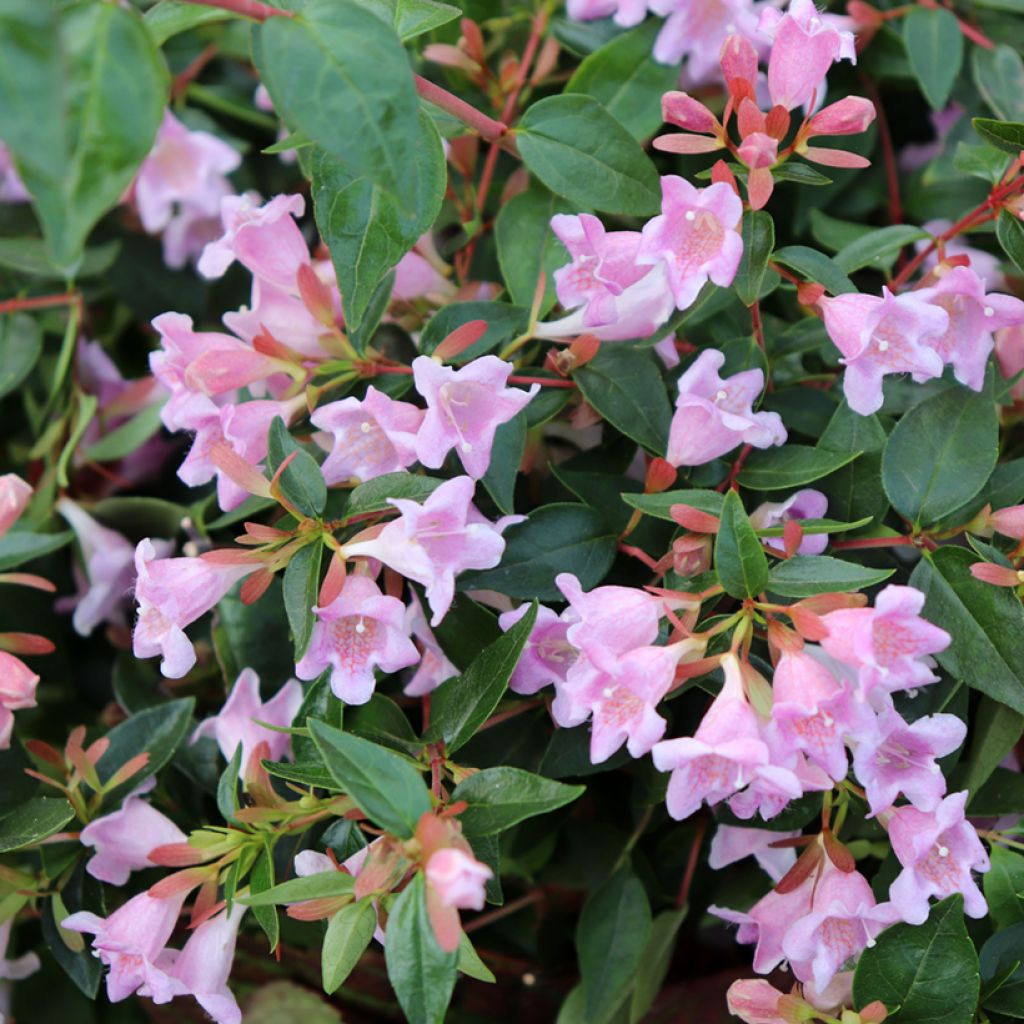

Abelia Edward Goucher
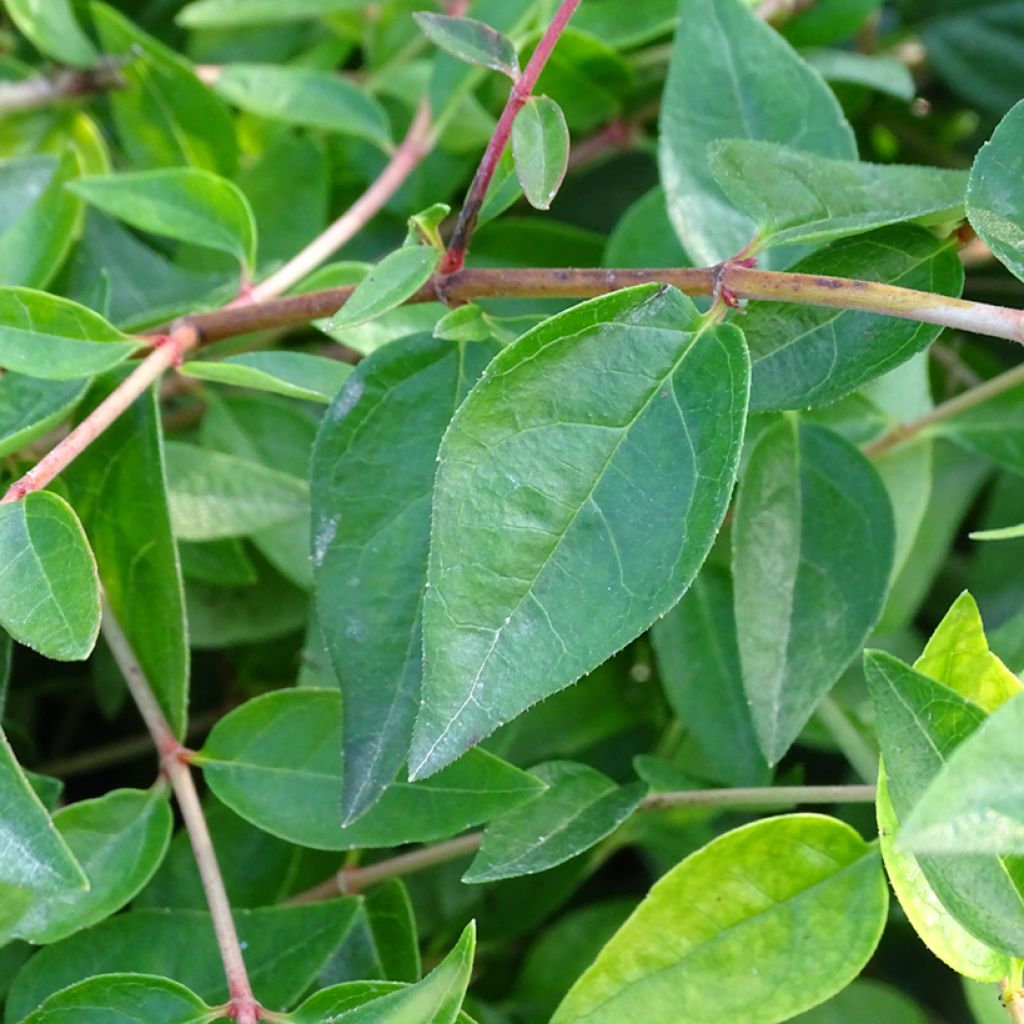

Abelia Edward Goucher
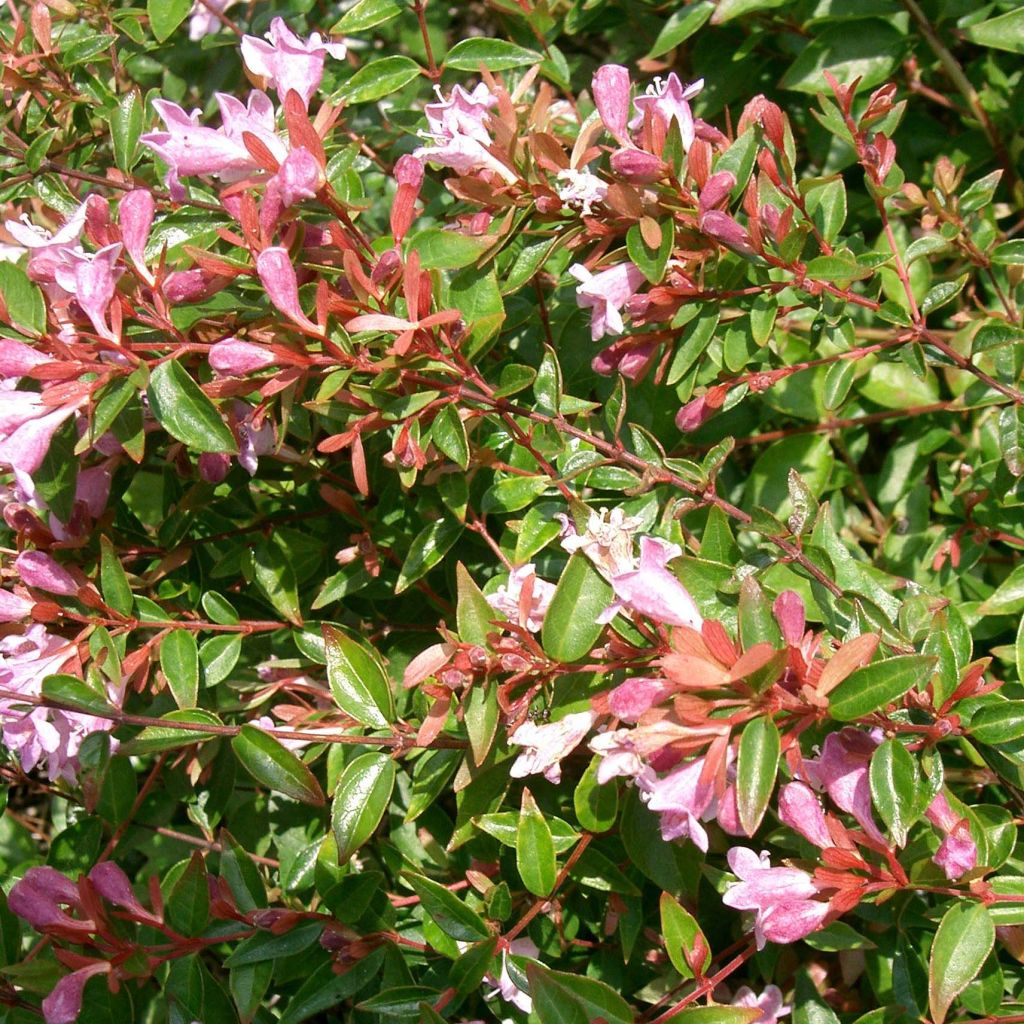

Abelia Edward Goucher
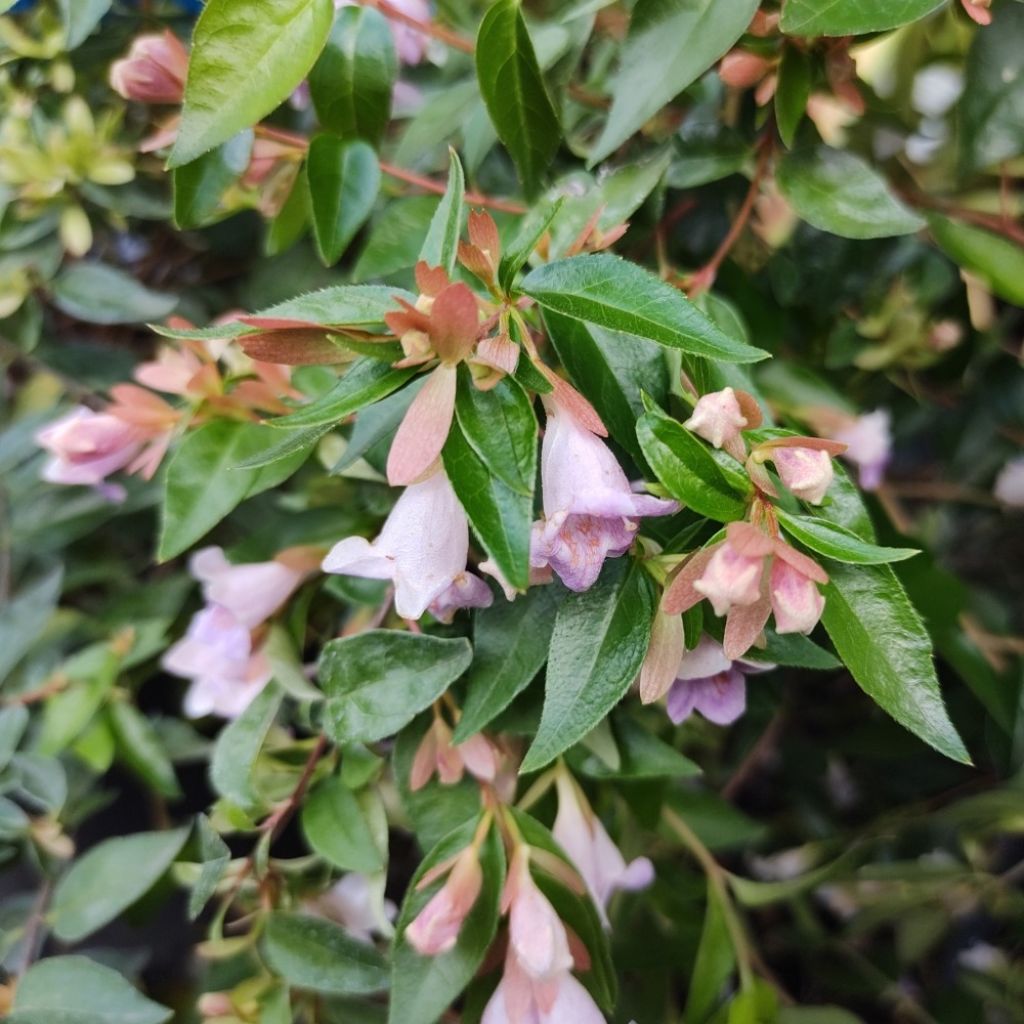

Abelia Edward Goucher
Abelia Edward Goucher
Abelia x grandiflora Edward Goucher
Glossy abelia
Three young plants received in February and planted in a mixed hedge with full southeast exposure. One, which ended up heavily shaded by the growth of a neighboring fig tree, has grown very little. The other two have developed very well, though they currently have an almost trailing habit. All three are covered in pretty flowers and survived the heatwave with just one watering per day.
Catherine, 29/07/2025
Special offer!
Receive a €20 voucher for any order over €90 (excluding delivery costs, credit notes, and plastic-free options)!
1- Add your favorite plants to your cart.
2- Once you have reached €90, confirm your order (you can even choose the delivery date!).
3- As soon as your order is shipped, you will receive an email containing your voucher code, valid for 3 months (90 days).
Your voucher is unique and can only be used once, for any order with a minimum value of €20, excluding delivery costs.
Can be combined with other current offers, non-divisible and non-refundable.
Home or relay delivery (depending on size and destination)
Schedule delivery date,
and select date in basket
This plant carries a 24 months recovery warranty
More information
We guarantee the quality of our plants for a full growing cycle, and will replace at our expense any plant that fails to recover under normal climatic and planting conditions.
Would this plant suit my garden?
Set up your Plantfit profile →
Description
Abelia 'Edward Goucher', a little more compact than the Abelia grandiflora and remarkably floriferous, is also a hybrid variety more cold-resistant. This shrub, with its delicate branches and foliage, usually evergreen, takes on a lovely bronze-copper to violet hue in cold weather, and offers a long and abundant flowering. Its small bell-shaped flowers in lilac-pink colour give way to beautiful rust-coloured bracts that persist for a long time on the plant. Easy to grow and undemanding, attractive for a good part of the year, it will bring lightness and softness to the garden. Perfect in a small hedge, it will be enhanced in the centre of a bed of perennials or evergreen shrubs.
Edward Goucher is an excellent horticultural creation dating back to 1911. This compact shrub from the Caprifoliaceae family comes from the axil x grandiflora, a vigorous, undemanding and hardy species, and from the axil schumannii (synonym longituba), with less significant development. Growing quite fast, 'Edward Goucher' will reach approximately 1.80 m (5ft 11in) in height and 1.50m (4ft 11in) in width, depending on the growing conditions. Its habit is generally rounded and bushy from the base, slightly wider than it is tall. This abelia offers a long, slightly fragrant flowering that usually starts at the end of August and continues until the first frosts, when few shrubs are still in bloom. Its countless small funnel-shaped corollas, 2cm (0.8in) wide, with pearly white throats and lilac-pink reverses, are gathered in paniculate clusters at the axil of the leaves on the current year's branches. As the flowers fade, they are replaced by beautiful rusty-coloured calyces, highly decorative on the autumn foliage. The slender and arching branches of the abelia bear small, pointed and glossy leaves, semi-evergreen to evergreen depending on the severity of the winter, light green in colour until summer. With the first cool nights, the foliage takes on a bronzed, violet or reddish hue and persists for a long time on the branch.
This hardy abelia is also very resistant to summer drought once established, making it suitable for many regions. It can be planted in groups with other shrubs, as a standalone specimen, or in a medium-sized hedge. You can also plant it in the centre of a bed of perennials or shrubs such as Baptisia, sage bushes and daylilies, as well as in a natural or pruned hedge. It can be paired with the Kolkwitzia amabilis 'Pink Cloud' in a flowering hedge, the Japanese Medlar 'Coppertone' in regions not too cold, Deutzia, Syringa microphylla 'Superba', bush roses with single flowers, or Buddleia alternifolia 'Argentea'.
Report an error about the product description
Abelia Edward Goucher in pictures
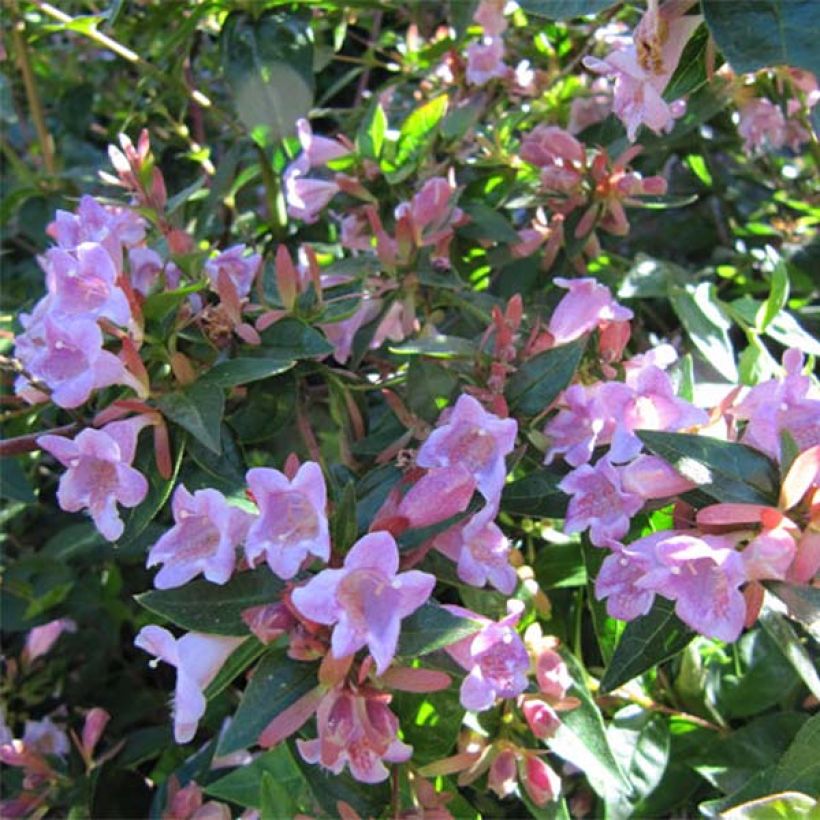

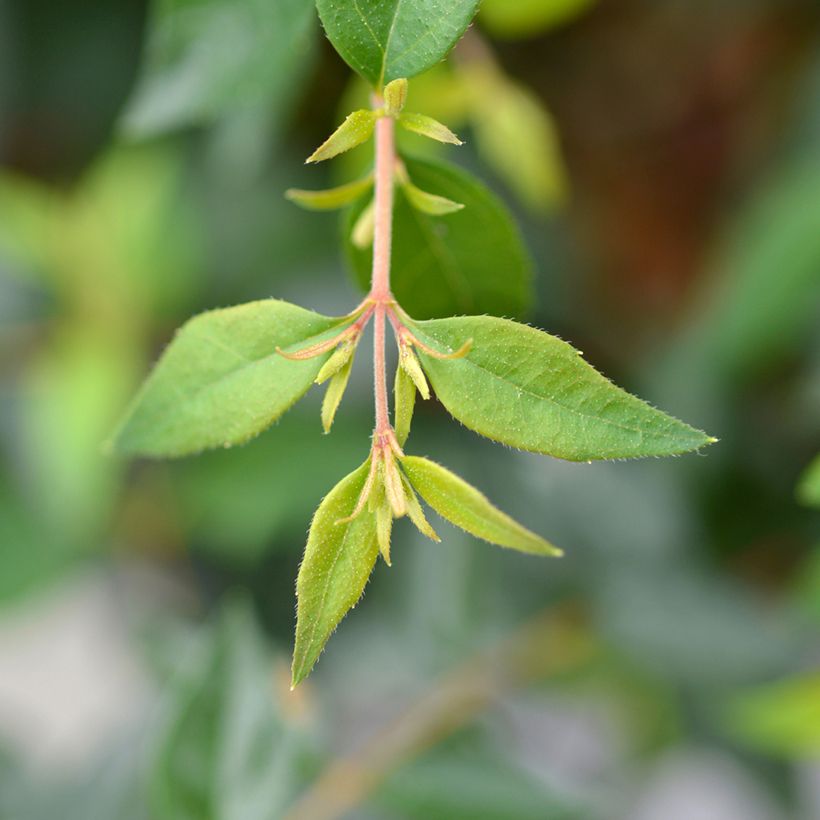

Plant habit
Flowering
Foliage
Botanical data
Abelia
x grandiflora
Edward Goucher
Caprifoliaceae
Glossy abelia
Cultivar or hybrid
Planting and care
Abelia 'Edward Goucher' thrives in sunny or partially shaded areas, wherever winter temperatures do not drop below -15/-17°C (5/1.4°F).However, this hardiness applies to a well-established bush placed in a sheltered location away from cold and dry winds, in a healthy and well-drained soil. This plant is resistant to summer drought, salt spray, and winds, but protect it from severe frost when it is young. Plant it in spring or early autumn in a light, fertile, and well-drained soil. Ideally plant it in a balanced mixture of compost and garden soil. Easy to grow, the bush requires little maintenance and tolerates the presence of limestone in the soil. Between February and April, before the new growth begins, prune any diseased or dead wood and keep only the vigorous branches to maintain the bush's compact habit. The flowering occurs on the new shoots. Avoid pruning in autumn to preserve the cold resistance of your abelia. It is not attacked by parasites or predators.
Planting period
Intended location
Care
-
, onOrder confirmed
Reply from on Promesse de fleurs
Similar products
Haven't found what you were looking for?
Hardiness is the lowest winter temperature a plant can endure without suffering serious damage or even dying. However, hardiness is affected by location (a sheltered area, such as a patio), protection (winter cover) and soil type (hardiness is improved by well-drained soil).

Photo Sharing Terms & Conditions
In order to encourage gardeners to interact and share their experiences, Promesse de fleurs offers various media enabling content to be uploaded onto its Site - in particular via the ‘Photo sharing’ module.
The User agrees to refrain from:
- Posting any content that is illegal, prejudicial, insulting, racist, inciteful to hatred, revisionist, contrary to public decency, that infringes on privacy or on the privacy rights of third parties, in particular the publicity rights of persons and goods, intellectual property rights, or the right to privacy.
- Submitting content on behalf of a third party;
- Impersonate the identity of a third party and/or publish any personal information about a third party;
In general, the User undertakes to refrain from any unethical behaviour.
All Content (in particular text, comments, files, images, photos, videos, creative works, etc.), which may be subject to property or intellectual property rights, image or other private rights, shall remain the property of the User, subject to the limited rights granted by the terms of the licence granted by Promesse de fleurs as stated below. Users are at liberty to publish or not to publish such Content on the Site, notably via the ‘Photo Sharing’ facility, and accept that this Content shall be made public and freely accessible, notably on the Internet.
Users further acknowledge, undertake to have ,and guarantee that they hold all necessary rights and permissions to publish such material on the Site, in particular with regard to the legislation in force pertaining to any privacy, property, intellectual property, image, or contractual rights, or rights of any other nature. By publishing such Content on the Site, Users acknowledge accepting full liability as publishers of the Content within the meaning of the law, and grant Promesse de fleurs, free of charge, an inclusive, worldwide licence for the said Content for the entire duration of its publication, including all reproduction, representation, up/downloading, displaying, performing, transmission, and storage rights.
Users also grant permission for their name to be linked to the Content and accept that this link may not always be made available.
By engaging in posting material, Users consent to their Content becoming automatically accessible on the Internet, in particular on other sites and/or blogs and/or web pages of the Promesse de fleurs site, including in particular social pages and the Promesse de fleurs catalogue.
Users may secure the removal of entrusted content free of charge by issuing a simple request via our contact form.
The flowering period indicated on our website applies to countries and regions located in USDA zone 8 (France, the United Kingdom, Ireland, the Netherlands, etc.)
It will vary according to where you live:
- In zones 9 to 10 (Italy, Spain, Greece, etc.), flowering will occur about 2 to 4 weeks earlier.
- In zones 6 to 7 (Germany, Poland, Slovenia, and lower mountainous regions), flowering will be delayed by 2 to 3 weeks.
- In zone 5 (Central Europe, Scandinavia), blooming will be delayed by 3 to 5 weeks.
In temperate climates, pruning of spring-flowering shrubs (forsythia, spireas, etc.) should be done just after flowering.
Pruning of summer-flowering shrubs (Indian Lilac, Perovskia, etc.) can be done in winter or spring.
In cold regions as well as with frost-sensitive plants, avoid pruning too early when severe frosts may still occur.
The planting period indicated on our website applies to countries and regions located in USDA zone 8 (France, United Kingdom, Ireland, Netherlands).
It will vary according to where you live:
- In Mediterranean zones (Marseille, Madrid, Milan, etc.), autumn and winter are the best planting periods.
- In continental zones (Strasbourg, Munich, Vienna, etc.), delay planting by 2 to 3 weeks in spring and bring it forward by 2 to 4 weeks in autumn.
- In mountainous regions (the Alps, Pyrenees, Carpathians, etc.), it is best to plant in late spring (May-June) or late summer (August-September).
The harvesting period indicated on our website applies to countries and regions in USDA zone 8 (France, England, Ireland, the Netherlands).
In colder areas (Scandinavia, Poland, Austria...) fruit and vegetable harvests are likely to be delayed by 3-4 weeks.
In warmer areas (Italy, Spain, Greece, etc.), harvesting will probably take place earlier, depending on weather conditions.
The sowing periods indicated on our website apply to countries and regions within USDA Zone 8 (France, UK, Ireland, Netherlands).
In colder areas (Scandinavia, Poland, Austria...), delay any outdoor sowing by 3-4 weeks, or sow under glass.
In warmer climes (Italy, Spain, Greece, etc.), bring outdoor sowing forward by a few weeks.

































